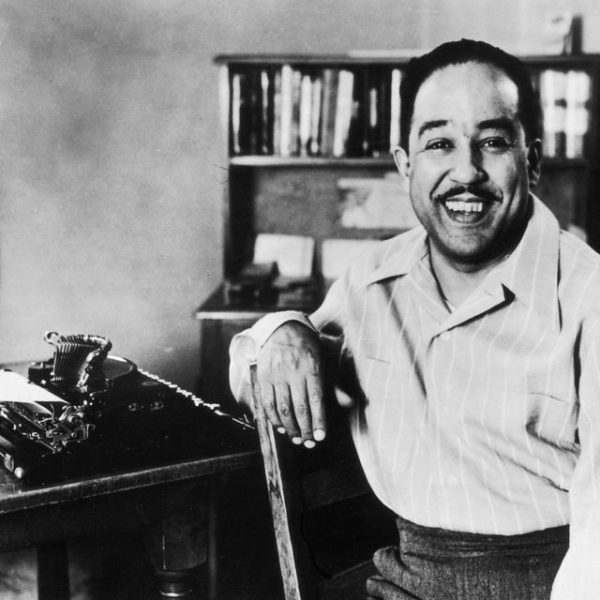
(Courtesy of Biography.com)
It was commonly thought that African-American Poet Langston Hughes was born in the year 1902. However, in 2018, a Washburn professor discovered that Hughes was actually born Feb. 1, 1901.
After having dinner with friends in 2018, Eric McHenry, professor of English, started looking into a lot of old newspaper articles. At first, he was looking at newspaper articles for people he knew. Then he began to look at newspaper clippings of his greatest influences with ties around the area.
“So 1901 really jumped out at me as Langston Hughes was not alive in that year. So, what could the explanation for this be?” McHenry said.
The story about McHenry discovering evidence for Hughes’ true birth year was covered by multiple newspapers including the Washburn Review and the New York Times.
Since February is Black History Month, the Washburn Review is revisiting this topic and providing a greater overview of Hughes’ life and its impact on society at that time.
Hughes has had an impact on the subjects of English and history. His work is discussed in the English department as he was a well-known poet. However, he also had an important part in the Harlem Renaissance through his poetry.
“I’d say things he produced in the 20s and 30s are still current and contemporary and a part of history classes, literature classes, across the board,” said Bruce Mactavish, assistant professor of history.
Mactavish teaches in the history department at Washburn, but also has an interest in African-American history, Civil Rights Movement and Kansas history.
“I think his [Hughes] work is essential to understanding the spirit of the Harlem Renaissance. I think his work also is essential in terms of giving people like me a better and clearer understanding of the aspirations of people like Langston Hughes, Black artists,” Mactavish said.
The Harlem Renaissance was a time in which African-American entertainment took flight. In the 1910s, there was a high increase in the African-American population in the Harlem district of New York. This allowed lots of different art forms to be expressed, such as music, dance and writing.
“[…] I think it reshaped the perception and understanding of Black Americans around themes like hope, identity, pride and blackness,” Mactavish said.
Hughes’ expressed his art through his poetry, short stories and even an opera. His famous works include “Harlem,” “Let America Be America Again,” “I, Too, Sing America” and “The Weary Blues.”
“I think in terms of the way he inspired generations of Black men and women, to dream and dream big, I would say that’s lasting and significant,” Mactavish said.
Hughes works centered around the idea of hope and dreaming for a better America. He died May 22, 1967, in New York City due to cancer. For more information on his life, students can click here.
Edited by Stuti Khadka and Jeremy Ford












Todd D Epp • Feb 15, 2024 at 1:09 pm
Langston Hughes is one of America’s and Kansas’ literary giants. Nice to see he’s not forgotten in NE Kansas!